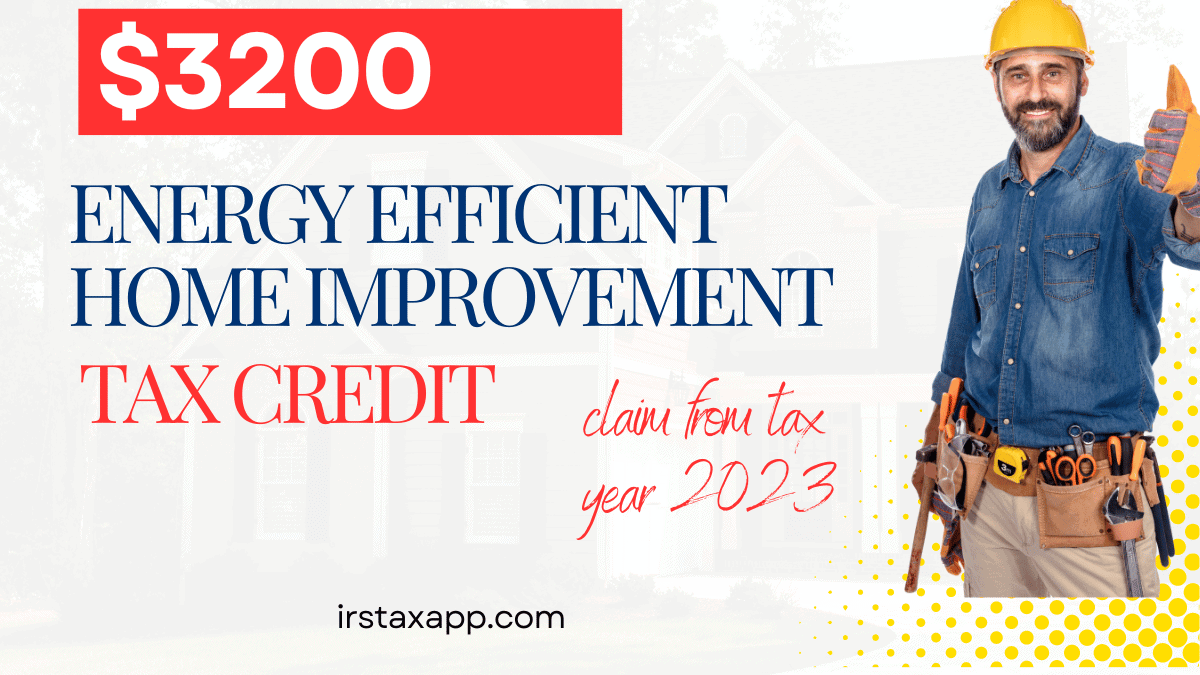Understanding the Energy Efficient Home Improvement Credit
The Energy Efficient Home Improvement Credit is a tax credit offered to homeowners who make qualifying energy-efficient improvements to their homes. This credit is designed to incentivize homeowners to invest in energy-saving upgrades that reduce their home’s energy consumption and greenhouse gas emissions. By offering financial incentives, the Energy Efficient Home Improvement Credit aims to encourage widespread adoption of energy-efficient technologies and practices.
Qualifying Improvements
To qualify for the the homeimprovements.net/, homeowners must make eligible improvements to their homes that meet specific energy efficiency criteria. Qualifying improvements may include:
- Installation of energy-efficient windows and doors
- Upgrading to high-efficiency heating, ventilation, and air conditioning (HVAC) systems
- Adding insulation to walls, floors, and attics
- Upgrading to energy-efficient appliances, such as refrigerators, dishwashers, and washing machines
- Installing solar panels or other renewable energy systems
How the Credit Works
The Energy Efficient Home Improvement Credit allows homeowners to claim a percentage of the cost of qualifying improvements as a tax credit on their federal income tax return. The credit amount varies depending on the type of improvement and the energy efficiency rating of the product installed. Generally, the credit ranges from 10% to 30% of the cost of the improvement, up to a maximum credit amount.
Benefits of the Energy Efficient Home Improvement Credit
There are several benefits to taking advantage of the Energy Efficient Home Improvement Credit:
- Financial Savings: By making energy-efficient improvements to their homes, homeowners can lower their utility bills and save money on energy costs over time. Additionally, the tax credit provides a direct financial incentive to offset the upfront costs of these improvements.
- Environmental Impact: Energy-efficient home improvements help reduce greenhouse gas emissions and mitigate climate change by decreasing the demand for energy from fossil fuels. By investing in energy efficiency, homeowners can contribute to a more sustainable and environmentally friendly future.
- Increased Comfort: Energy-efficient upgrades, such as improved insulation and high-efficiency HVAC systems, can enhance the comfort and livability of a home by maintaining consistent temperatures and reducing drafts and hot/cold spots.
How to Claim the Credit
To claim the Energy Efficient Home Improvement Credit, homeowners must file IRS Form 5695 (Residential Energy Credits) along with their federal income tax return. The form requires homeowners to provide details about the qualifying improvements made to their homes, including the type of improvement, the cost, and the manufacturer’s certification statement if applicable.
Conclusion
The Energy Efficient Home Improvement Credit offers homeowners a valuable opportunity to save money, reduce their environmental footprint, and improve the comfort and efficiency of their homes. By making energy-efficient upgrades, homeowners can take advantage of financial incentives while contributing to a more sustainable future for themselves and future generations. As we continue to face the challenges of climate change and rising energy costs, the Energy Efficient Home Improvement Credit provides a pathway for homeowners to make a positive impact on their homes, their finances, and the planet.

